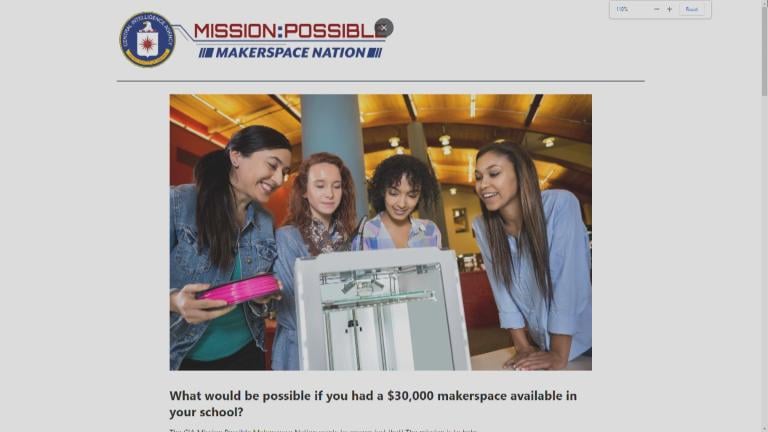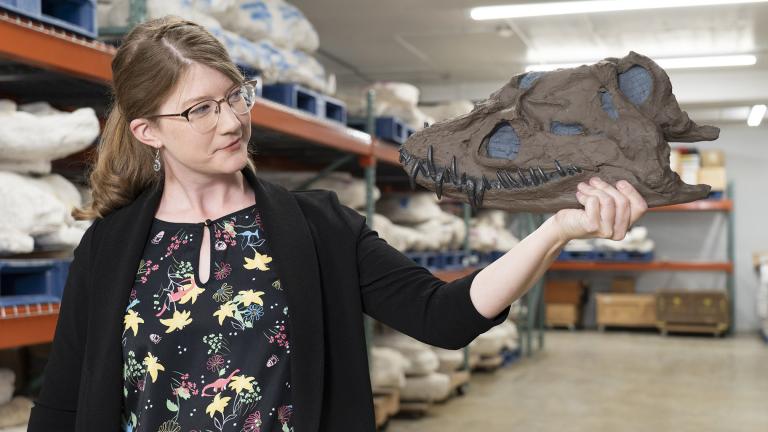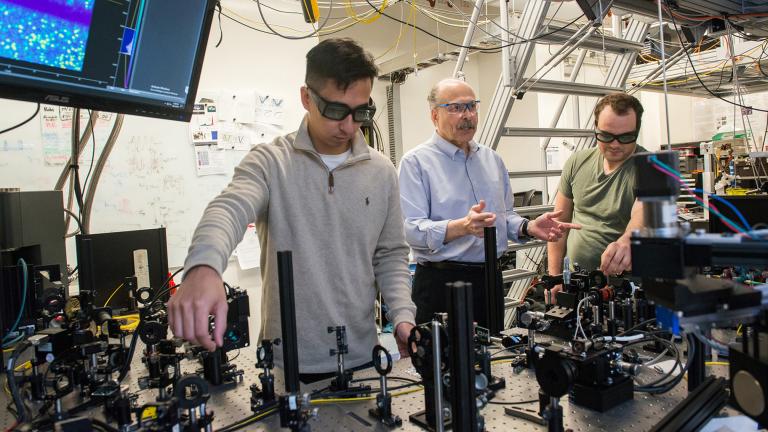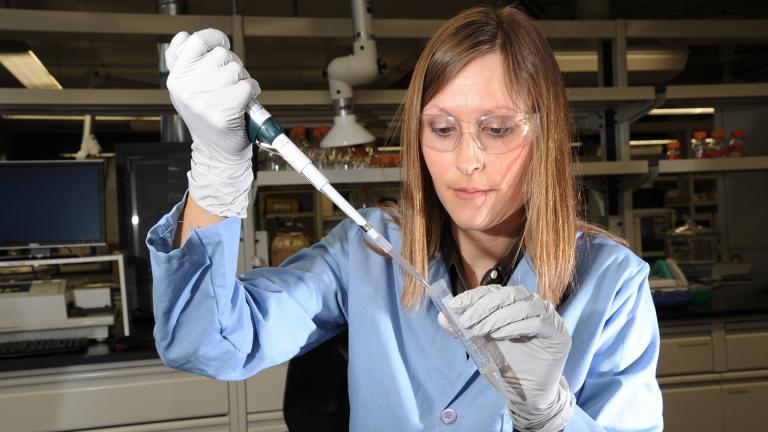Universities across the U.S. need better methods to combat sexual harassment and abuse in academia, according to a new report issued by the National Academies of Sciences, Engineering and Medicine. (Read the full report online here.)
The report took into account several studies that examined the issue, both quantitatively and qualitatively. That includes a 2018 survey by the University of Texas system that found 20 percent of female science students, more than 25 percent of female engineering students and more than 40 percent of female medical students reported experiencing sexual harassment from faculty or staff members.
In conclusion, the report suggests policy changes to better combat sexual harassment in academic institutions. Among them is treating sexual harassment and abuse as research misconduct.
“The way we do our research, the way we treat people we’re doing research with, and the way we do our science has an impact on the kind of findings we get, “ said Julienne Rutherford, an associate professor in the Department of Women, Children and Family Health Science at the University of Illinois at Chicago College of Nursing.
The national report referenced two studies Rutherford contributed to, including the Survey of Academic Field Experiences: Trainees Report Harassment and Assault, also known as the “SAFE” papers. Starting in 2013, Rutherford and colleagues conducted a study of sexual harassment and assault within field science, such as research and experiments done outside of a lab.
She says what they found were several examples of gender harassment, or “put downs.”
“So who gets to do what work, and demeaning comments about their physicality,” Ruther said. “But also demeaning comments about their appearance and their sexuality.”
The study, which surveyed more than 600 scientists, was released in 2014 and followed by a second study, released in 2017, that analyzed interviews with the respondents.
Some examples of gender harassment they found included a sexist division of work, such as assigning women to cooking and cleaning duties at a site, or being called out for asking to take a break.
“There’s kind of a premium place on physical stamina and feats of physical strength,” Rutherford said. “And women getting sort of the social punishment for saying, ‘Look, I can’t do this anymore. I’m at my limit.’”
Gender harassment was also prominently featured in the national report, lending itself to another suggestion to combat sexual harassment and abuse: moving beyond legal compliance to address culture and climate in scientific academia.
“The report puts emphasis on Title IX and Title VII procedures, and how it privileges the institution,” Rutherford said, adding that the procedures are focused on victims filing formal complaints. “A lot of people don’t know how to report, but even when they do report, their experience with that and their sense of satisfaction with reporting is dismal.”
Rutherford joins us to discuss her studies and the report by the National Academies.
Related stories:
New CPS Office to Investigate, Prevent Sexual Harassment Among Students
Starting July 1, Chicago Hotels Will Need to Have Panic Buttons
Former Madigan Operative Accused of Sexual Harassment Speaks Out








